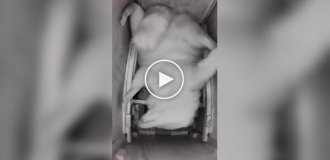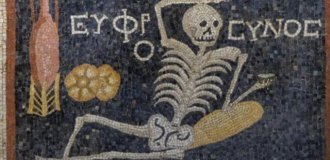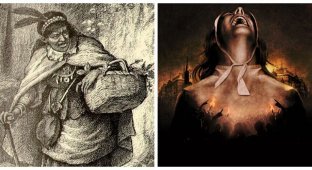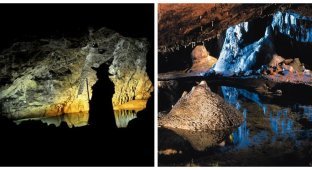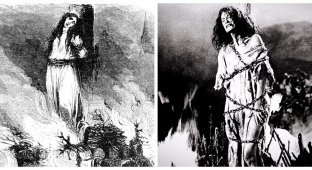The Witch of Woodplumpton: the complex and painful conclusion to Britain's last witch trial (7 photos)
Through the destruction of any deviations, the elimination of so-called otherness, society at all times has partly struggled with its own fears and complexes. And those who were not lucky enough to be on the other side paid a very high price. 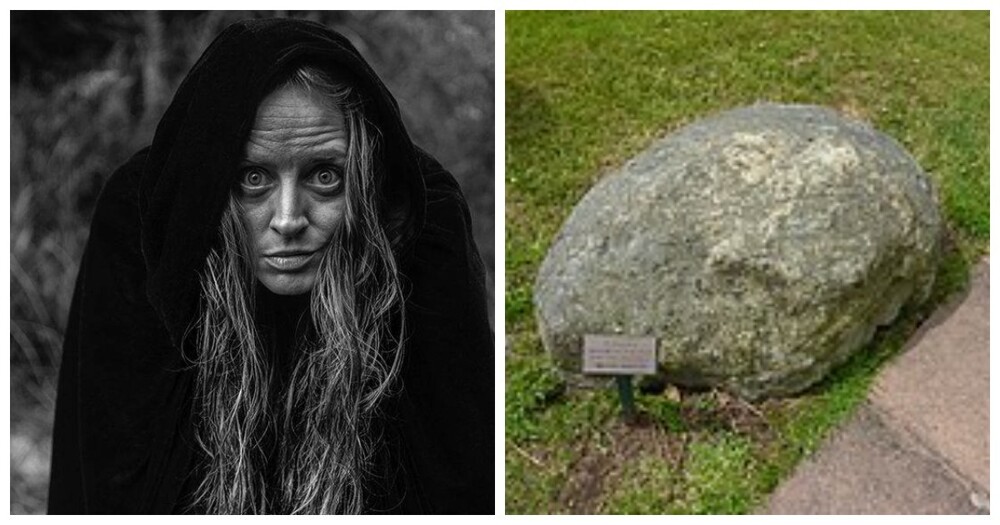
In the 17th century, people were obsessed with tales of witches and supernatural beings and believed many women to be evil witches. For everything bad that happened in society, these women were often blamed and demonized for it.
These events were called the witch trials. They occurred throughout Europe and in other countries.
While the Salem Trials in the States are still very famous, the witch trials in the British Isles are less well known, but they were also very brutal and dark.
Witch trials 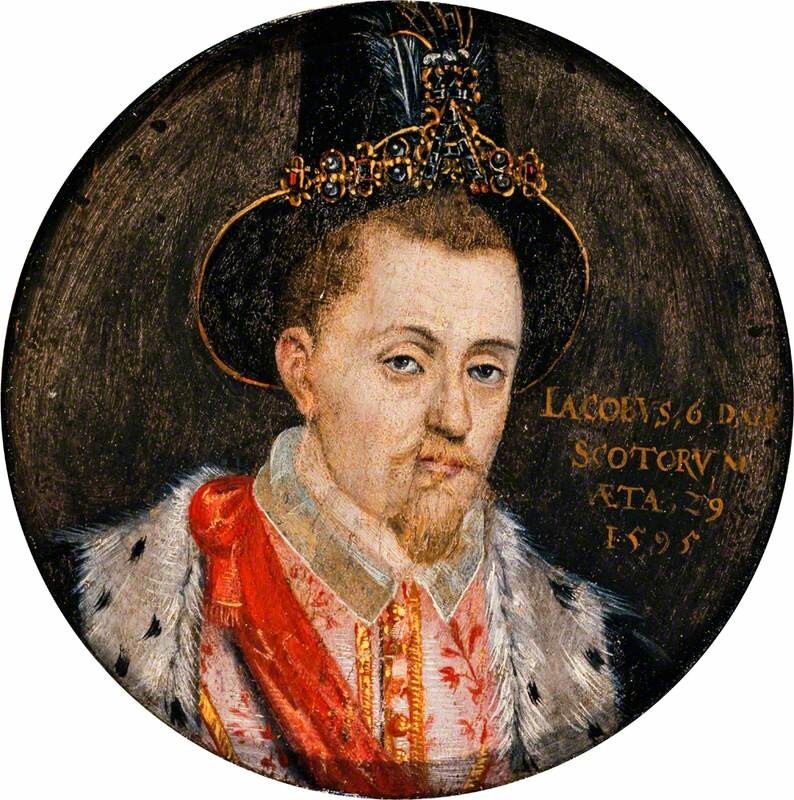
James VI of Scotland, also known as James I of England
In fact, witch trials took place in Britain much earlier than in Salem. Executions and acts of heresy continued even into the 16th century. Under British law, witchcraft was outlawed by the Witchcraft Act of 1542. The Witch Extermination Act was passed in 1563.
With the rise of Puritanism in Britain, cases of murder and humiliation of alleged witches became more frequent. In fact, by the middle of the 17th century, these acts of barbarity towards a certain part of the population reached their peak.
One of the main and earliest trials that began this literal witch hunt took place at the end of the 16th century and went down in history as the North Berwick witch trials.
King James VI of Scotland was on his way to Denmark to marry his bride, a Danish princess. He and his young wife had to return to Scotland after their wedding, and on the way they had to stop on the coast of Norway due to a storm.
After the storm passed, rumors spread that it was caused by occult spells cast on the king by the witches. A trial was held in Copenhagen, as a result of which two women were tried and executed as witches. The Copenhagen trial had a strong influence on King James VI, and he established a tribunal that would eradicate witchcraft in his own kingdom. 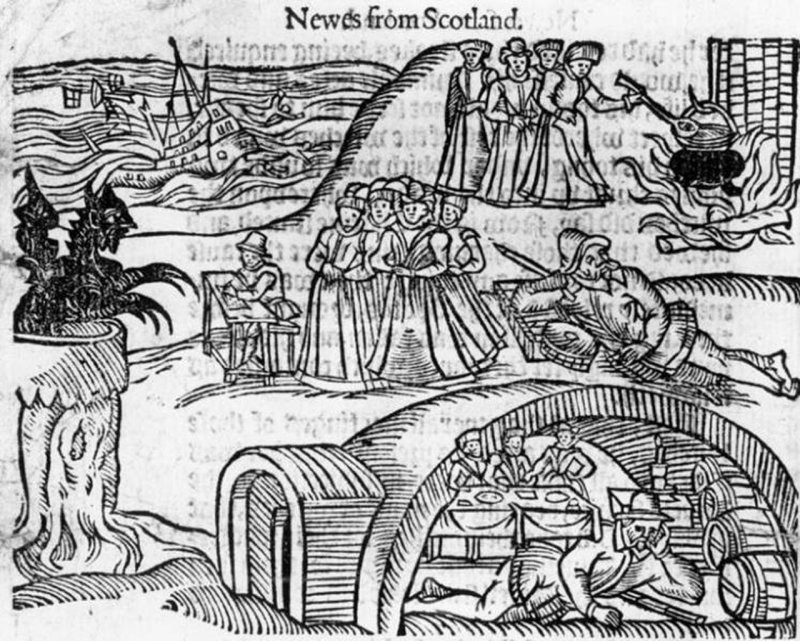
North Berwick witch trials
Under torture, many of the accused admitted that they practiced witchcraft. That they made a pact with the devil, and also used powers to change the weather and even plot to sink the royal ship.
The king appeared in person at the trial in North Berwick. He acted as an accuser to put the witches to death. The first witch trials began a series of trials that lasted for decades, from 1590 to 1662.
As a result of these trials, up to 1,500 people accused of witchcraft were killed in Scotland and throughout Britain. Despite the fact that so many people, mostly women, were killed and burned at the stake, it was believed that Jacob was a just ruler who relied on real evidence and evidence before handing down a death sentence.
He even released many of the accused because there was not enough evidence that they actually practiced witchcraft and magic.
One of the largest witch trials took place in Northamptonshire in 1612, where five men and women were convicted. It was very important because it showed the change in English attitudes towards witches and the first changes that led to the end of the persecution. However, the most terrible thing was what happened to the last witch in Britain.
The Witch of Woodplumpton: life or death? 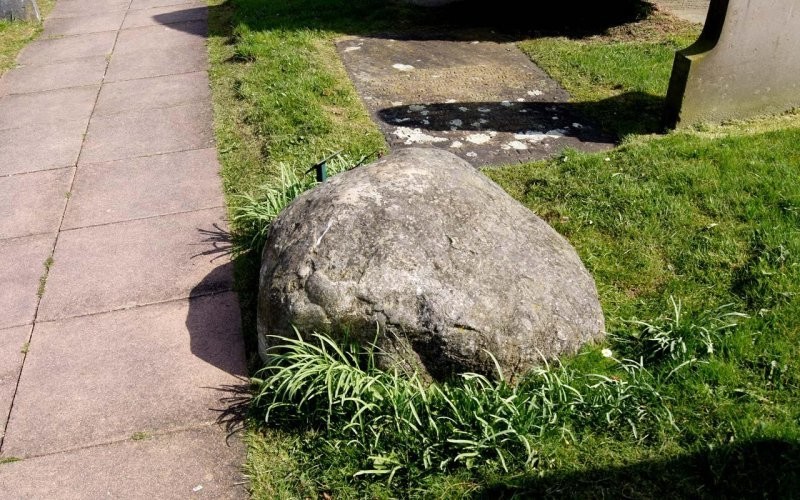
Meg Shelton's gravestone
The last recorded death was that of the Woodplumpton witch. The woman's name was Meg Shelton. Her burial is in St Anne's Church, Preston.
The tombstone is a large boulder, and the plaque indicates that this is the grave of a witch, and the date of burial is stamped - 1705. Meg Shelton was accused of having shapeshifting and occult powers.
In fact, she did not belong to the community of Woodplumpton, but to another town, Catforth, which probably contributed to her alienation from her neighbors. She stole from local farmers, and this made the unfortunate woman a famous and wanted criminal. 
Her death was particularly brutal and occurred outside of court. Pinned between a barrel and a wall, she was crushed to death and then buried in the church grounds.
However, this was not the end, but the beginning of the story of the Woodplumpton Witch. According to rumors, she came to life in her grave and dug herself out of it twice.
Finally, to prevent the revived witch from terrorizing the locals, she was buried face down at midnight, with her head placed in a small shaft, and a large boulder placed on top of the grave so that she could not get out a third time. 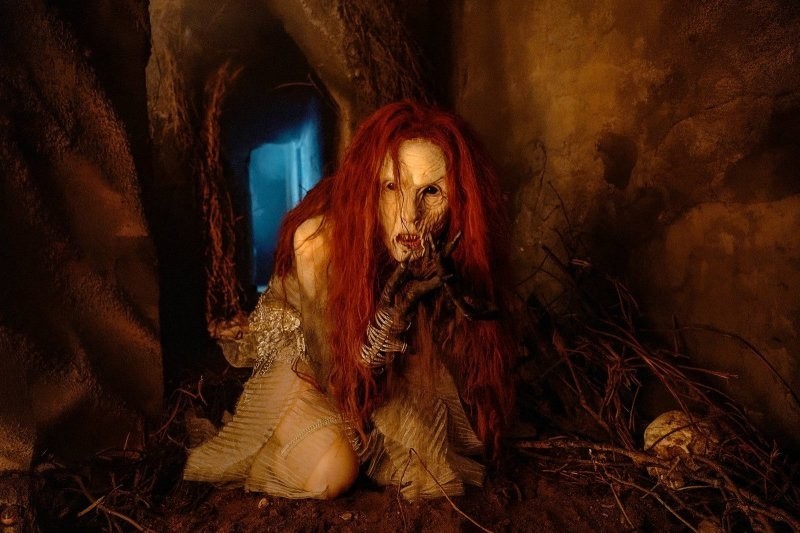
Still from the film "Witch Hunt" 2022
However, some people believe that Meg was able to escape and still lives in Woodplumpton next to the church. She is said to hide in the nearby forests and haunt the descendants of her killers to this day. 
